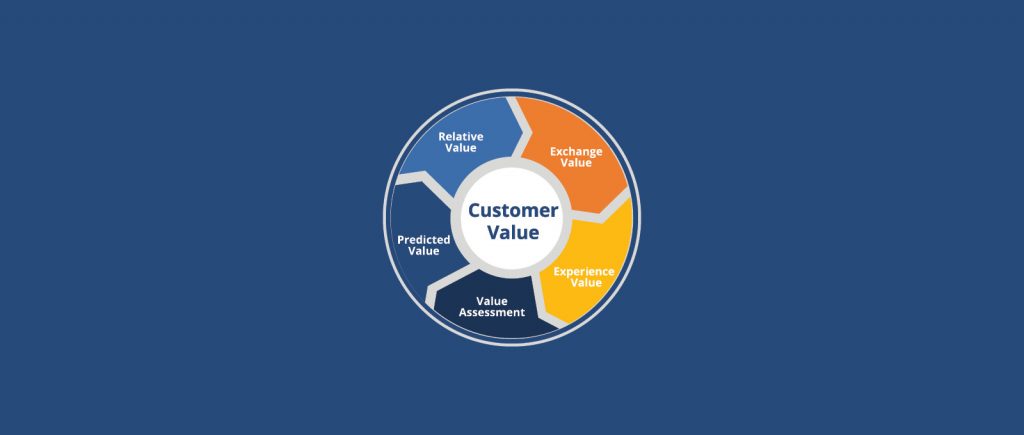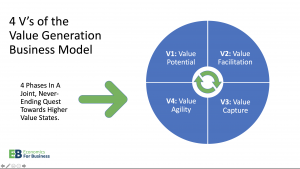The Division Of Economics Into Macro And Micro Is Incoherent. Individual Action And Interaction Are The Two Levels On Which To Focus.
If you read about or think about economics, whether you find your content in textbooks, business books, or business magazines or on news sites and programs or blog sites or via popular writers, you’ve probably come across the terms micro-economics and macro-economics.
If you explore, you can find multiple definitions for each of these terms:
- The International Monetary Fund defines macroeconomics as “how the overall economy works”, typically at the national level, and via the study and analysis of “aggregate variables” such as overall employment and money supply. Microeconomics, according to the IMF is concerned with a single market such as the automobile market or the oil market and how these are “driven by supply or demand changes”.
- Investopedia, to take just one alternative source, describes macroeconomics as “the decisions of countries and governments” and microeconomics as “the study of individuals and business decisions”.
These are just two samples of the definitions available to searchers on the internet. They are clearly very different in import and meaning.
The confusion would not be a surprise to Economics Professor Richard E. Wagner. In fact he says, in a book entitled Politics As A Peculiar Business, that the distinction between micro- and macroeconomics is “incoherent” and “non-informative”: it can’t tell us anything.
The established and institutionalized distinction between microeconomics and macroeconomics is incoherent in Wagner’s explanation, because
it treats some types of interaction as macro while treating other types as macro, based on nothing more than the size or the extent of the interaction. Hence, the division of firms into distinct industries is to create micro entities, while their aggregation is to create a macro entity. This is nothing but incoherence, for all firms beyond proprietorships involve collective phenomena and are products of interaction.
Rather than the micro/macro classification, Wagner proposes the distinction between individual action and social interaction. He presents two very fancy terms for these two classifications: praxeology and catallaxy. Praxeology pertains to individual action, catallaxy pertains to interaction between individuals in society. Economic reasoning begins with praxeology, but most of the phenomena that are analyzed by economists are catallactical.
Prices, firms and markets are treated in the traditional economics as micro objects, to distinguish them from aggregate variables. But if micro pertains to individual action, then prices, firms and markets are macro objects because they pertain to interaction. Hence the accusation of incoherence.
What’s so important about individual action in economics? Wagner stipulates that societies change only through individual action inside those societies, with those actions spreading within the society according to the receptivity of other members of society to those changes. All change originates at the action, i.e. individual, level. Individual action matters; there is no such thing as social action.
Individuals interact through their connections to other individuals. If we think of society or the economy, it must be as a network of such connections. If we talk of social structures, we must talk of a network of connections between individuals who are constantly seeking better states of affairs within their own spheres of interest.
These choices of better states are subjective. As Wagner puts it, “Sentiment proposes objects for reason to think about”. In other words, economists can’t know why people do what they do.
But modern economics can shed light on the implications of individual action and interaction. Systems theory establishes the basis for understanding interactions based on subjective value, and modern techniques of computational modeling of systems can show how theories play out. A frequent result of the action and interaction of individuals s “emergent” outcomes: patterns of system behavior that are not predictable from the behavior of individuals, yet are the result of it. Adam Smith recognized these outcomes as the results of human behavior but not of human design, brought about by the invisible hand of the market.
These emergent outcomes can mean economic flourishing for all because, in commercial societies, individuals choose actions that provide services to others that those others are willing to pay for. This is market-based action, continuously refined by the feedback loop of profit and loss, and the reciprocal relationship of choice and cost. All these actions, choices and costs occur at the micro level, the level of the individual.
Macroeconomics, on the other hand, is a mirage, a fallacy. It’s a made-up concept designed to justify government policy to “manage” a macro-level idea of the economy. If economists can aggregate data at the level of the economy, they can propose policies that claim to have the potential to induce changes in the aggregates. But since there is no such phenomenon as action at the aggregate level, or even interaction – people don’t interact with aggregates, but with other people – this entire scenario is invalid. Or, as Wagner would say, incoherent.
Why do the claims for the efficacy of policy persist? As Wagner also explains, the realm of economics and the realm of politics are now entangled. Actions in one realm can not be disentangled from action in the other. When individual action in the economic realm brings about flourishing, there will always be a politician or a federal agency to intervene to attempt to change the outcome. It is unlikely that we can disentangle ourselves from politicians and their macroeconomics any time soon, despite the incoherence.

